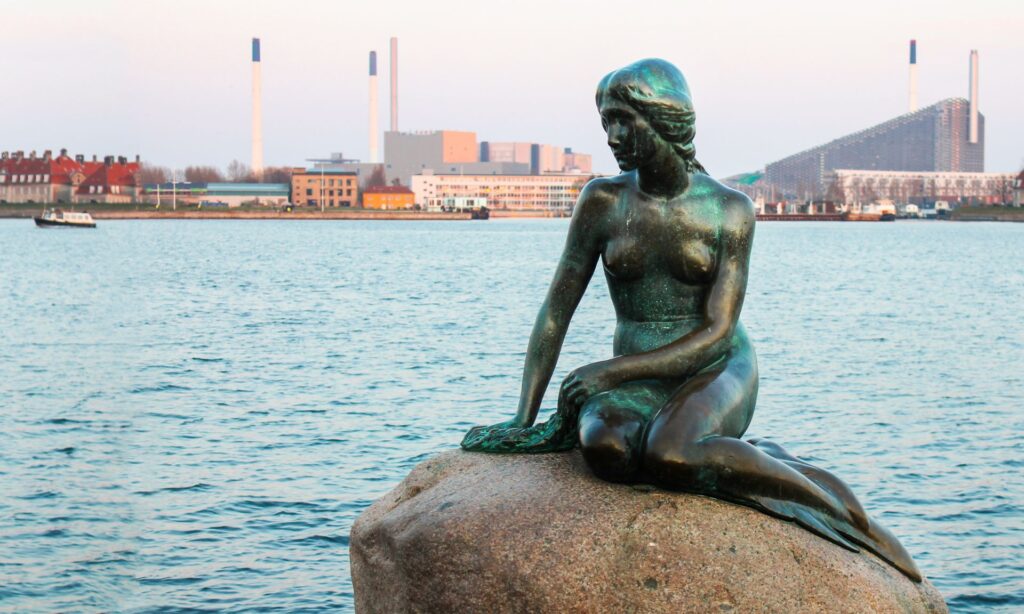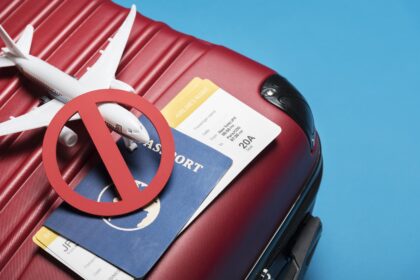Introduction
Denmark, with its picturesque landscapes, rich history, and vibrant culture, is a dream destination for many travelers. Whether you’re drawn to the fairytale-like charm of Copenhagen’s colorful houses, the serene beauty of the countryside, or the intriguing Viking heritage, Denmark has something to offer every visitor. However, like any travel destination, it’s important to be prepared and informed, especially if it’s your first time visiting. Here’s a comprehensive Denmark travel guide with tips for a safe and memorable trip to Denmark.
Before You Go
Check Travel Restrictions: Before planning your trip, make sure to check the latest travel advisories and entry requirements for Denmark, especially considering any Health related restrictions.
Get Travel Insurance: It’s always wise to have travel insurance that covers medical expenses, trip cancellations, and other emergencies. This provides peace of mind during your travels.
Learn Basic Phrases: While many Danes speak excellent English, learning a few basic Danish phrases such as “hello” (hej), “please” (venligst), and “thank you” (tak) can go a long way in showing respect for the local culture.
Upon Arrival

Stay Aware of Your Surroundings: Denmark is generally a safe country, but it’s still important to stay vigilant, especially in crowded tourist areas where pickpocketing can occur.
Use Public Transportation: Denmark boasts an efficient public transportation system, including trains, buses, and metros. It’s a convenient and environmentally friendly way to explore the country.
Respect Bicycle Lanes: Denmark is known for its bike-friendly cities, so be mindful of designated bicycle lanes when walking or crossing streets to avoid accidents.
Exploring Danish Culture:
Embrace Hygge: Experience the Danish concept of “hygge,” which embodies coziness, contentment, and enjoying life’s simple pleasures. Take time to relax in a cozy café, stroll through a park, or cozy up with a good book.
Try Danish Cuisine: Sample traditional Danish dishes such as smørrebrød (open-faced sandwiches), frikadeller (meatballs), and æbleskiver (apple pancakes). Don’t forget to indulge in Danish pastries like wienerbrød and kanelsnegle (cinnamon rolls).
Visit Cultural Attractions: Denmark is home to a wealth of cultural attractions, including historic castles, world-class museums, and contemporary art galleries. Don’t miss iconic landmarks like the Tivoli Gardens, the Little Mermaid statue, and the Nyhavn waterfront.
Safety Tips
Watch Out for Cyclists: Danish cities have extensive bike lanes, so be mindful of cyclists when walking on sidewalks or crossing streets.
Beware of Scams: While Denmark is relatively safe, be cautious of common tourist scams such as fake petitions, street games, and unauthorized tour guides.
Secure Your Belongings: Keep your belongings secure at all times, especially in crowded tourist areas. Use a money belt or secure bag to deter pickpockets.
Emergency Numbers: Familiarize yourself with emergency numbers in Denmark, including 112 for emergencies and 114 for non-emergency police assistance.
Visiting Denmark for the first time is an exciting adventure filled with opportunities to explore stunning landscapes, immerse yourself in rich culture, and indulge in delicious cuisine. By following these tips for safety and exploration, you can ensure a memorable and worry-free trip to this enchanting Scandinavian country. So pack your bags, embrace the Danish way of life, and get ready for an unforgettable journey in Denmark.
Frequently Asked Questions: Denmark Travel Guide
Planning a trip to Denmark? Here are some frequently asked questions to help you prepare for your journey to this enchanting Scandinavian country:
1. Do I need a visa to visit Denmark?
Most travelers from EU and EFTA countries, as well as many other countries, do not need a visa to visit Denmark for stays of up to 90 days. However, it’s essential to check the visa requirements based on your nationality before traveling.
2. What is the best time to visit Denmark?
The best time to visit Denmark is during the summer months (June to August) when the weather is mild, and outdoor activities are in full swing. However, spring (April to May) and early autumn (September to October) also offer pleasant weather and fewer crowds.
3. What currency is used in Denmark?
The official currency of Denmark is the Danish Krone (DKK). While credit and debit cards are widely accepted, it’s advisable to carry some cash for small purchases, especially in rural areas.
4. Is English widely spoken in Denmark?
Yes, English is widely spoken and understood in Denmark, especially in major cities and tourist areas. Most Danes are fluent in English, making it easy for travelers to communicate.
5. How do I get around Denmark?
Denmark has an efficient public transportation system, including trains, buses, metros, and ferries. The Danish State Railways (DSB) operates the train network, while Movia manages buses and metros in Copenhagen. Renting a bike is also a popular and eco-friendly way to explore the cities.
6. What should I pack for my trip to Denmark?
Pack according to the season and activities you plan to do. In summer, bring lightweight clothing, sunscreen, and a light jacket for cooler evenings. In winter, pack warm layers, a waterproof jacket, and sturdy footwear. Don’t forget your travel adapters for Danish power outlets.
7. Are there any cultural etiquettes I should be aware of in Denmark?
Danes value punctuality, so be sure to arrive on time for appointments and meetings. When dining out, it’s customary to say “tak for mad” (thank you for the meal) to the host or server after finishing your meal. Tipping is not mandatory but appreciated for exceptional service.
8. What are some must-visit attractions in Denmark?
Denmark offers a wealth of attractions, including historic castles like Kronborg Castle, the picturesque Nyhavn waterfront in Copenhagen, the Tivoli Gardens amusement park, and the Viking Ship Museum in Roskilde. Don’t miss the chance to explore the charming towns of Odense and Aarhus.
9. Is Denmark safe for solo travelers?
Denmark is considered one of the safest countries in the world for travelers. Solo travelers should exercise the same caution as they would in any other destination, such as staying aware of their surroundings and securing their belongings.
10. What are some traditional Danish dishes I should try?
Sample traditional Danish cuisine such as smørrebrød (open-faced sandwiches), frikadeller (meatballs), flæskesteg (roast pork), and æbleskiver (apple pancakes). Indulge in Danish pastries like wienerbrød (Danish pastry) and kanelsnegle (cinnamon rolls).
These frequently asked questions cover essential aspects of planning a trip to Denmark. With its rich culture, stunning landscapes, and friendly locals, Denmark promises a memorable travel experience for visitors from around the world.
Conclusion
In conclusion, Denmark is a captivating destination that offers a perfect blend of rich history, stunning landscapes, vibrant culture, and modern amenities. Whether you’re exploring the charming streets of Copenhagen, marveling at ancient Viking ruins, or enjoying the tranquility of the Danish countryside, there’s something to enchant every traveler.
With its safety, efficient public transportation, and widespread English proficiency, Denmark is welcoming and accessible to visitors from all corners of the globe. From the iconic landmarks to the mouthwatering cuisine, Denmark promises a memorable experience that will leave you longing to return.
So pack your bags, embrace the Danish way of life, and embark on an unforgettable journey to Denmark. Whether you’re a first-time visitor or a seasoned traveler, Denmark’s timeless charm and warm hospitality await you with open arms. Velkommen til Danmark! (Welcome to Denmark!)
In another related article, Budget Travel Guide to the Faroe Islands, Denmark






